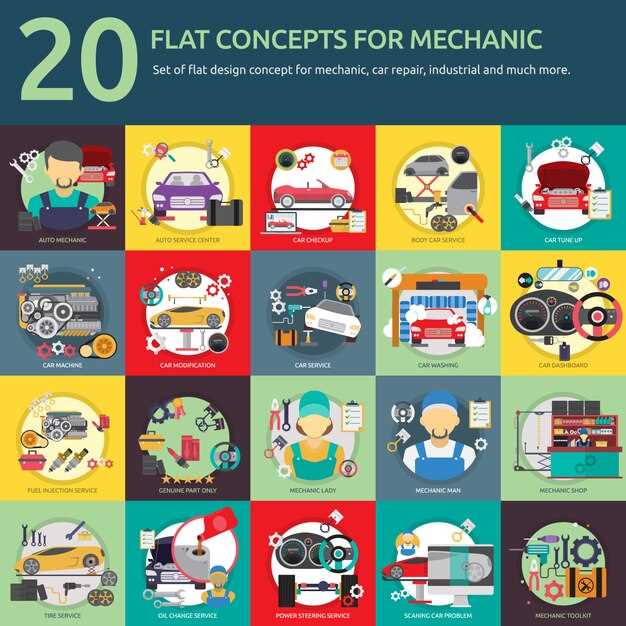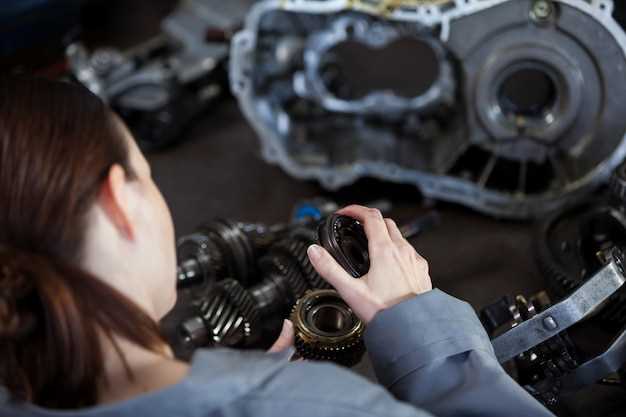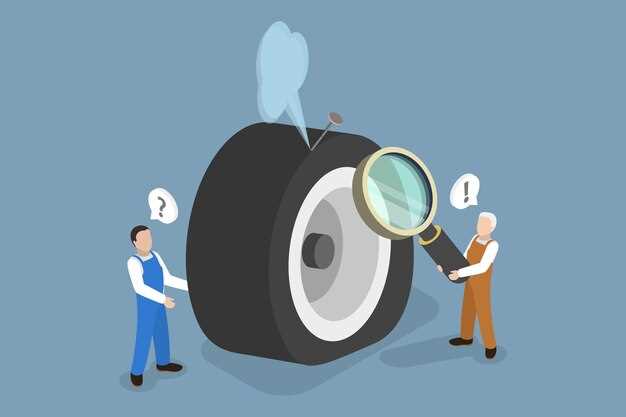Turbochargers Explained – Pros and Cons

In the world of automotive engineering, the quest for efficiency and performance has led to the widespread adoption of turbochargers. These devices, designed to boost engine power by forcing in more air, have revolutionized how we perceive engine capabilities. With the ability to enhance power output without significantly increasing engine size or weight, turbochargers present a compelling option for modern vehicles.
However, like any technological innovation, turbochargers come with their own set of advantages and disadvantages. Understanding these can help car enthusiasts, engineers, and everyday drivers make informed decisions. In this guide, we will explore the various pros and cons of turbochargers, shedding light on their impact on performance, efficiency, and maintenance.
As we delve deeper into the mechanics of turbocharging, we will discuss not only the potential boost in horsepower and torque but also the challenges associated with turbo lag and reliability. By examining both sides of the equation, this article aims to provide a comprehensive overview to help you grasp the true implications of integrating turbo technology into vehicles.
How Turbochargers Improve Engine Performance

Turbochargers significantly enhance engine performance by utilizing exhaust gases to boost intake air pressure. This process allows for a greater volume of air to enter the combustion chamber, resulting in more oxygen for fuel combustion. The increased air and fuel mixture leads to a more powerful explosion, which translates into higher engine output.
The turbocharger compresses air before it enters the engine, allowing for a denser air charge. This higher air density enables engines to burn more fuel efficiently, increasing overall power without proportionately increasing engine size. Consequently, turbocharging translates into enhanced horsepower and torque, providing drivers with improved acceleration capabilities.
Furthermore, as turbochargers recycle exhaust gases, they also improve the energy efficiency of the engine. This leads to reduced fuel consumption in certain driving conditions, especially during highway cruising, where a turbocharged engine operates more efficiently than a naturally aspirated engine. Thus, turbochargers not only boost performance but can also contribute to better fuel economy.
Moreover, turbochargers can enable smaller displacement engines to perform comparably to larger ones, providing manufacturers with the opportunity to produce lighter vehicles that still deliver high power. This can result in reduced vehicle weight and better handling, enhancing the overall driving experience.
In summary, by boosting air intake, improving combustion efficiency, and maximizing power output, turbochargers play a pivotal role in enhancing engine performance while maintaining fuel efficiency. This technology exemplifies the balance between power and efficiency in modern automotive engineering.
Common Issues and Maintenance Tips for Turbocharged Vehicles
Turbocharged vehicles offer increased power and efficiency, but they can also present unique challenges. Understanding common issues can help ensure optimal performance and longevity. One prevalent problem is turbo lag, where there is a noticeable delay in power delivery. This can be partly mitigated by regularly maintaining the turbo system and ensuring that the engine is tuned properly.
Another issue relates to oil supply. Turbochargers rely on a constant flow of clean oil for lubrication and cooling. Using low-quality oil or neglecting oil changes can lead to inadequate lubrication, causing premature wear or failure of the turbo. It’s essential to use oil that meets the manufacturer’s specifications and to change it at recommended intervals.
Boost pressure leaks are also common in turbocharged systems. These leaks can stem from damaged hoses, clamps, or intercoolers, resulting in decreased performance. Regular inspections of the intake and boost piping are crucial. If you experience a drop in power or unusual sounds, checking for leaks should be a priority.
Heat management is critical in turbocharged systems. Overheating can damage the turbo and other engine components. Installing heat shields and ensuring proper cooling system function can help manage temperatures effectively. Allowing the turbo to cool down after vigorous driving by idling the engine for a minute is also advisable.
To maintain a turbocharged vehicle, adhere to a strict service schedule. Regularly check and replace air filters, as a clogged filter can restrict airflow, affecting performance. Additionally, cleaning the intercooler can prevent buildup that impairs efficiency.
Lastly, utilize a high-quality fuel that matches the vehicle’s specifications, as lower octane fuels can lead to knocking and reduced efficiency. By addressing these common issues proactively and following maintenance tips, you can enjoy the full benefits of a turbocharged engine while minimizing potential problems.
Cost-Benefit Analysis of Installing a Turbocharger

Installing a turbocharger can significantly boost engine performance, but it also involves various costs that should be carefully assessed. Initially, the purchase price of the turbocharger itself can range from a few hundred to several thousand dollars, depending on the type and model chosen. Additionally, installation costs are a critical factor; professional installation might add hundreds of dollars to the overall expense. DIY installation is an option for skilled individuals, but it requires a good understanding of engine mechanics.
Aside from upfront costs, long-term benefits should also be considered. Turbochargers enhance engine efficiency, leading to better fuel economy under certain driving conditions. This can result in noticeable savings in fuel costs over time, especially for drivers who cover long distances. Furthermore, a turbocharged engine can deliver more power without significantly increasing the vehicle’s weight, which is a crucial factor for performance enthusiasts.
However, turbochargers do come with some disadvantages. They can increase engine stress and, if not properly maintained, may lead to higher repair costs. Potential issues such as turbo lag can also affect driving experience, as there may be a delay in power delivery. It’s essential to weigh these factors against the performance gains and cost savings.
In summary, the cost-benefit analysis of installing a turbocharger involves evaluating initial investment, installation fees, maintenance, and long-term fuel savings. When done correctly, the boost in performance and efficiency can justify the costs, but it requires careful consideration based on individual driving habits and vehicle use.

